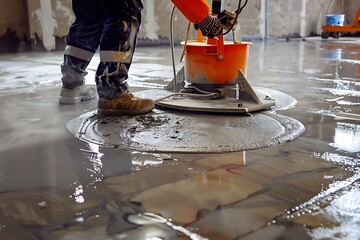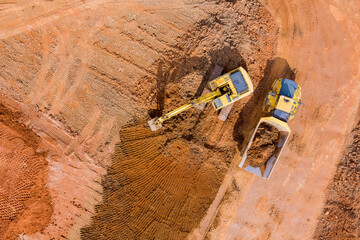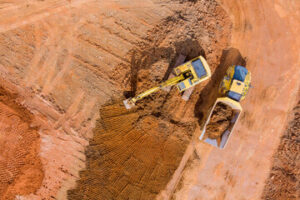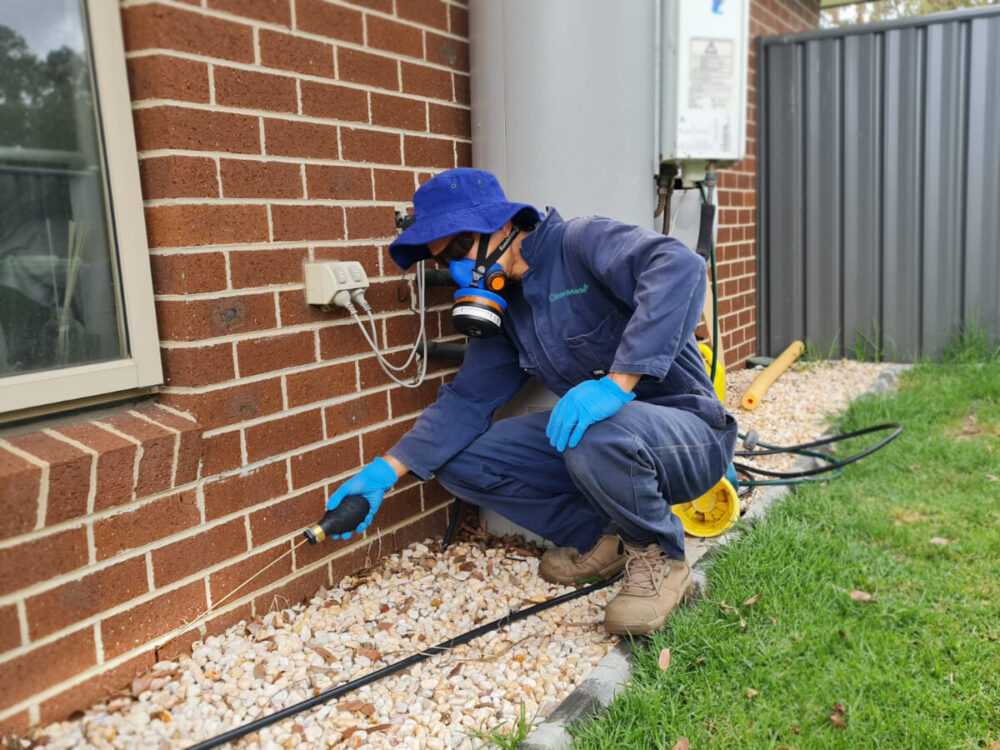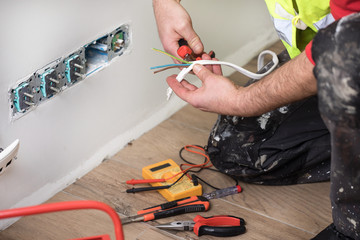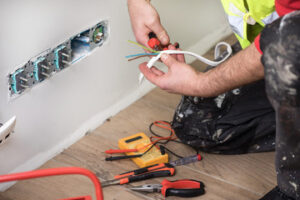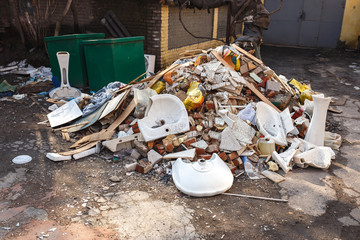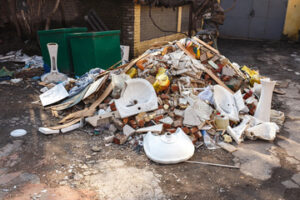Concrete floor polishing is a mechanical process that involves grinding the surface of concrete with diamond-encrusted floor grinding machines in multiple stages, gradually increasing the grit levels. This results in a glossy, high-shine finish.
This type of flooring is often used in industrial settings, but it’s also popular in garages and home basements. It’s easy to maintain with a simple neutral pH cleaner. Contact Concrete Floor Polishing Orange County for professional help.
Before you begin polishing your concrete floor, the surface must be clean and free of any contamination. During this step, you can use chemical degreasers to remove grease and oil from the concrete. If necessary, you can also use a poultice powder to remove heavy soiling. Filling contraction, isolation, and construction joints will help prevent chipping and spalling, especially in commercial settings that see heavy forklift traffic.
It’s important to choose the right diamond pad for your project. Twister(tm) offers a color-coded system that makes it easy to select the right pad based on your concrete’s current condition and the level of sheen you want to achieve. Always test a small area first to ensure the pad produces the desired result.
The first grinding step involves coarsely removing minor pits, blemishes, stains, and light coatings from the concrete surface in preparation for final smoothing. Depending on the condition of your concrete, this may be a three to four-step process.
Before moving on to the final polishing steps, it’s a good idea to apply an internal impregnating sealer. This will make the surface more resistant to wear and tear, which can dramatically reduce maintenance costs. This type of sealer sinks into the concrete and is invisible to the naked eye, but it will protect the concrete from the inside out and help it stay dirt-resistant.
After the final grinding and polishing steps, you’ll need to let your concrete cure for a few days. It’s a good idea to cover your floors with plastic or tarps during this time to protect them from the elements. Once the concrete is fully cured, you can move forward with your maintenance schedule.
Grinding
Concrete floors are found in industrial and commercial settings, but they’re becoming more popular in residential spaces as well. Whether they’re new or old, these durable floors can benefit from a refresh to improve their appearance and longevity. This can be achieved by either resurfacing with a decorative overlay or through the concrete polishing process, which is comparable to sanding wood. The latter uses heavy-duty grinding machines with progressively finer diamond metals/pads to grind down surfaces until they’re smooth and shiny.
The first step is to grind the floor with a coarse grit pad (30-40 grit) to level uneven areas and remove high spots from the surface. A handheld grinder or walk-behind machine can be used depending on the size of your space. Make overlapping passes over the entire surface and work to create an even finish. Vacuum between each pass to avoid creating dust or residue buildup on the surface. Gradually move to finer grit pads (80-120 grit) as the concrete becomes smoother. This will expose aggregate and create a shiny, glossy finish.
Depending on the type of coatings or adhesives that were previously applied, you may need to use special removal tools and chemicals before grinding can begin. You’ll also need to patch all cracks and surface imperfections. This is an important step because if the floor isn’t prepared properly it will be very difficult to achieve a consistent look.
Once the concrete is properly buffed and polished, it’s ready for sealing. A variety of different sealants are available to protect the polished concrete from dirt and staining, with options ranging from water-based solutions to advanced epoxies and polyurethanes. It’s best to apply the sealant according to its manufacturer’s instructions to ensure a long-lasting, protective finish.
Honing
The concrete floor polishing process is a multi-step procedure that mechanically grinds and hones the surface of concrete, resulting in a highly reflective, clean, and professional-looking finish. While this is a labor-intensive procedure, regular upkeep can ensure your floors maintain their high-shine and reduce long-term maintenance costs.
During the initial rough grinding stages, coarse diamond segments bonded in a metallic matrix are used to remove minor pits, blemishes, and light coatings from the surface of the concrete. This stage is critical to the quality of the final product, as it prepares the floor for finer grinding and enhances the final appearance of the concrete.
For the final smoothing phase, a machine with diamond abrasives is used to achieve the desired finish. Depending on the desired sheen, the grinder grit can be changed to suit the application. For example, a low sheen finish might require a 5000 grit, while a higher sheen finish could use a 3000 or 1500 grit.
Once the concrete is polished, it should be sealed to prevent stains and preserve the high sheen. Several different types of sealers are available to choose from, including acrylic, epoxy, and polyurethane. These offer varying levels of resistance to chemicals, water, and UV rays.
While the benefits of concrete polishing are many, it’s important to consider the condition of your current flooring and desired aesthetic before deciding whether this method is right for you. Grinding and sealing offers a more versatile finish and can be a cost-effective solution for those with limited time and budgets. Ultimately, both methods can transform dull and damaged concrete into stunning, durable surfaces that will enhance the look and feel of any space.
Polishing
Concrete floor polishing involves the mechanical process of smoothing the concrete surface with a series of grinding stages using different types of metal-bonded diamond pads. The resulting surface is durable, visually appealing and low-maintenance. However, it is not a do-it-yourself project, and should only be performed by a professional concrete contractor who understands the equipment and the process.
Unlike untreated slabs, polished concrete is stain-resistant and provides an excellent base for floor coverings. It is resistant to marks left by forklift tires and fluids, and it looks great with a wide variety of flooring materials. It is also hypoallergenic, moisture-proof and fungi-proof. The high gloss of the finished product increases natural lighting, which helps reduce energy costs and reliance on artificial light.
When polishing existing concrete, a chemical densifier is typically applied after the initial coarse grinding process. This treatment hardens the existing concrete, aiding in the polishing and allowing it to hold a sealer without dulling the finish.
It is critical to remove oil stains prior to applying a chemical densifier and a concrete floor polishing system. These stains inhibit the penetration of the densifier and can result in a lackluster appearance. A poultice powder, a mixture of dry absorbent clays, can be used to help remove stains.
The final step of the concrete floor polishing process is to grind again with a finer grit metal-bonded diamond pad and reapply the densifier. The resulting surface is polished to an extremely high gloss with the use of even finer 800 grit pads, giving the concrete a mirror-like shine that is hygienic and easy to clean. This type of refinishing requires no long-term waxing or buffing, and the concrete is resistant to oil and stain penetration.
Sealing
Concrete floors need to be sealed after grinding and honing. There are several types of sealants available and the type used will depend on the condition of the concrete, the desired aesthetics and the expected foot traffic and wear of the floor. Sealers can be either a surface coating or a penetrating sealer. Surface coatings can be chemically sprayed on or rolled on and need regular reapplication. Penetrating sealers (concrete densifiers) penetrate the concrete and form a barrier within the pores. These last much longer than surface coatings but are typically more expensive.
Full mechanical polishing involves grinding the concrete with ever-finer grits of diamond tooling until the desired level of shine and smoothness is achieved. A concrete hardener or densifier is added during this process to increase the density of the concrete and aid in the grinding and honing stages.
During the grinding and honing phases aggregate, concrete and surface features that have been buried since the concrete’s placement become exposed creating a one of a kind flooring. Additionally, control joints, spalls and other flaws can be filled, patched and ground out to prevent damage from future equipment or vehicle movements.
The benefits of a polished concrete floor are numerous. They provide a high-quality, durable and long-lasting floor surface that is easy to clean and maintain. It also reduces maintenance costs as compared to other materials such as vinyl, tile and carpeting. It is resistant to mark from forklift tires and oil, fuel, and water spills.
Old and industrial concrete often requires extensive preparation to achieve consistent aggregate exposure and a high-quality finish. This can be time consuming and costly. In addition, older concrete has likely been subjected to various contaminants that are not removed during the polishing process such as glue stains and nail or tack strip holes. These stains can often be repaired but may not be completely removed.
